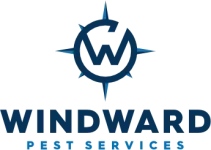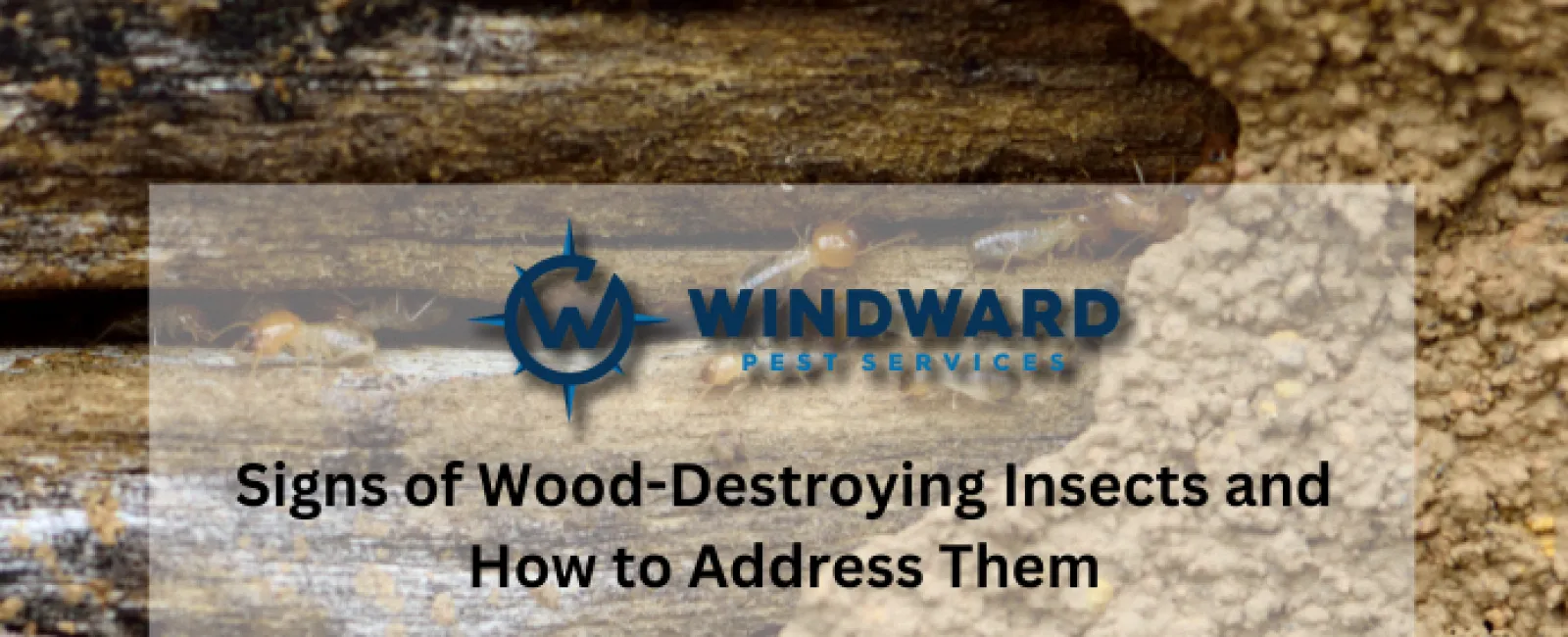Wood-destroying insects can cause significant structural damage to homes and buildings if left unchecked. Identifying the signs of an infestation and taking prompt action is crucial to prevent extensive damage and costly repairs. Understanding the behavior and indicators of common wood-destroying insects can help you protect your property.
Termites, carpenter ants, and powderpost beetles are some of the most common wood-destroying insects. These pests can compromise the integrity of wooden structures, leading to weakened foundations, damaged walls, and compromised support beams. Termites, for example, feed on cellulose, a primary component of wood, and can cause severe damage over time if not detected early. Carpenter ants, on the other hand, excavate wood to create nests, which can also result in significant structural damage.
Recognizing the signs of an infestation, such as hollow-sounding wood, frass (wood debris), and visible insects, is essential for early intervention. Regular inspections and maintenance can help detect these pests before they cause irreversible damage. By understanding the specific behaviors and habitats of these insects, homeowners can take preventive measures and seek professional help when necessary to safeguard their properties from costly repairs and structural damage.
Common Wood-Destroying Insects
- Termites: Termites are perhaps the most well-known wood-destroying insects. They feed on cellulose in wood and can cause extensive damage to the structure of buildings.
- Carpenter Ants: Carpenter ants do not eat wood but excavate it to create nests. Their tunneling can weaken wooden structures.
- Powderpost Beetles: These beetles lay eggs in cracks of wood, and their larvae bore into the wood, creating powdery frass as they feed.
- Carpenter Bees: Carpenter bees bore into wood to create nests, which can result in structural damage over time.
Signs of Wood-Destroying Insects
- Mud Tubes: Termites create mud tubes along walls, foundations, and other structures to protect themselves from air and predators while traveling between their nest and food sources.
- Wood Damage: Look for wood that appears hollowed out along its grain, or wood that sounds hollow when tapped. This can indicate termite or carpenter ant activity.
- Frass: Fine, powdery wood shavings or frass near wooden structures can be a sign of powderpost beetles.
- Exit Holes: Small, round exit holes in wood can indicate the presence of wood-boring insects like powderpost beetles or carpenter bees.
- Sawdust Piles: Piles of sawdust near wooden structures can be a sign of carpenter ants or carpenter bees.
- Winged Insects: The presence of winged termites or ants, particularly near windows or doors, indicates an active infestation.
Addressing Wood-Destroying Insect Infestations
- Identify the Insect: Proper identification of the insect is crucial for effective treatment. Different insects require different control methods.
- Consult a Professional: Hire a professional pest control service like Windward Pest Services to conduct a thorough inspection and recommend appropriate treatment options.
- Treatment Options: Depending on the type of insect and the extent of the infestation, treatment options may include:
- Chemical Treatments: Application of termiticides or insecticides to affected areas to eliminate the infestation.
- Baiting Systems: Use of bait stations to attract and kill termites or ants.
- Fumigation: For severe infestations, fumigation may be necessary to eradicate the pests.
- Wood Treatments: Application of borate-based treatments to wood to prevent future infestations.
Prevention Tips
- Regular Inspections: Schedule regular pest inspections with Windward Pest Services to detect early signs of infestations and address them promptly.
- Moisture Control: Reduce moisture levels around your property, as many wood-destroying insects are attracted to damp wood. Fix leaks, ensure proper drainage, and use dehumidifiers if necessary.
- Seal Cracks and Gaps: Seal any cracks or gaps in the foundation, walls, and around windows and doors to prevent insects from entering your property.
- Remove Wood Debris: Keep woodpiles, debris, and mulch away from the foundation of your home to reduce the risk of attracting wood-destroying insects.
- Maintain Wood Structures: Regularly inspect and maintain wooden structures such as decks, fences, and siding to prevent decay and infestation.
The Role of Professional Pest Control
Addressing wood-destroying insect infestations requires expertise and the right treatment methods. At Windward Pest Services, we offer comprehensive Atlanta pest control solutions, including interior and exterior pest treatments, to effectively eliminate wood-destroying insects and protect your property.
Professional pest control services are essential for accurately identifying the type of infestation and determining the most effective treatment plan. Our experienced technicians use advanced techniques and tools to locate nests, treat affected areas, and implement preventative measures to deter future infestations. This includes using environmentally friendly products that are safe for your family and pets while ensuring the complete eradication of pests.
Moreover, our team conducts thorough inspections to identify potential vulnerabilities in your home's structure that may attract wood-destroying insects. By addressing these weak points and providing tailored advice on maintenance and repairs, we help you fortify your property against future invasions. Partnering with a professional pest control service like Windward Pest Services ensures that you receive comprehensive protection and peace of mind knowing that your home is safeguarded from destructive pests.
Atlanta Pest Services and Inspections
Our team of experts provides thorough pest inspections to identify and address wood-destroying insect infestations. Our Atlanta pest services include:
- Interior and Exterior Pest Treatments: We offer targeted treatments to eliminate wood-destroying insects from both the inside and outside of your property.
- Customized Treatment Plans: We develop customized treatment plans based on the type of insect, the extent of the infestation, and your specific needs.
- Preventive Measures: Our preventive measures and maintenance plans help protect your property from future infestations.
- Commercial Pest Control: We offer tailored pest control solutions for businesses, ensuring a pest-free environment for employees and customers.
Identifying the signs of wood-destroying insects and addressing infestations promptly is crucial for protecting your property from significant damage. At Windward Pest Services, our comprehensive Atlanta pest control solutions, including interior and exterior pest treatments and customized treatment plans, ensure effective pest management tailored to your specific needs. Our skilled technicians are trained to handle a variety of pest issues, providing reliable solutions that keep your home safe and structurally sound.
Controlling humidity is a critical aspect of pest prevention. High humidity levels create favorable conditions for pests to thrive, leading to infestations and potential health risks. By implementing effective humidity control strategies and partnering with a professional pest control service like Windward Pest Services, you can protect your home or business from unwanted intruders. Our comprehensive Atlanta pest control solutions, including interior and exterior pest treatments, pest inspections, and humidity control recommendations, ensure your property remains pest-free and healthy.

